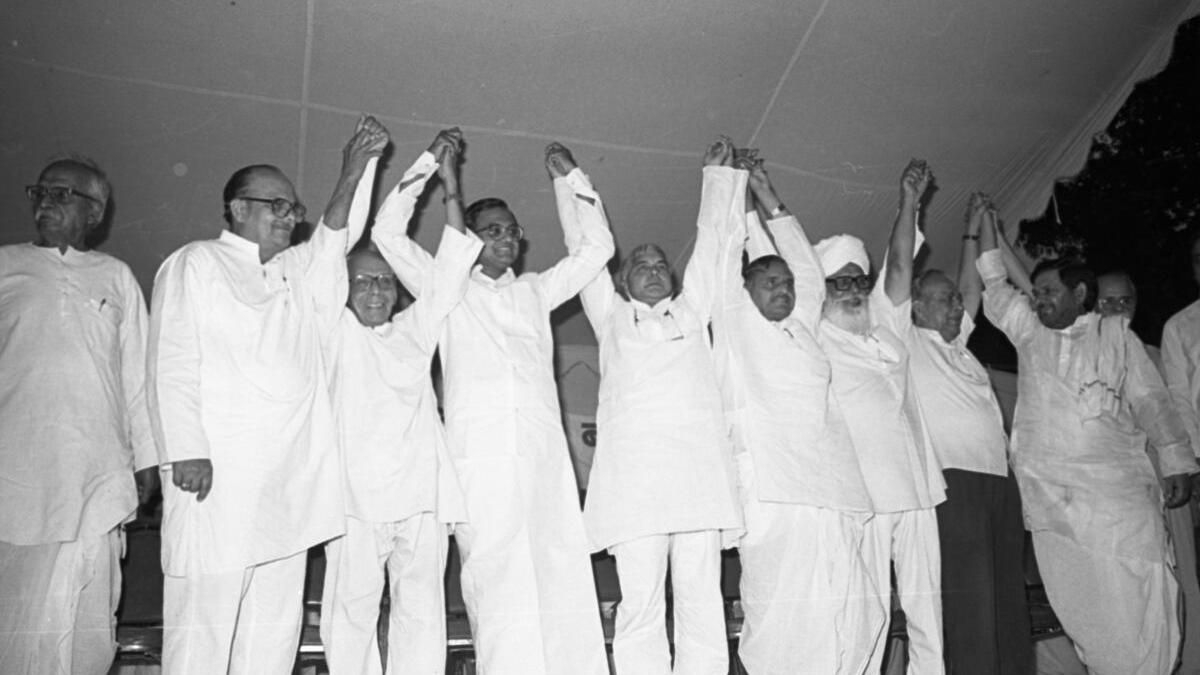
How have coalitions in India picked Prime Ministers? | Explained Premium
The Hindu
Lok Sabha elections results are due. One side is sure about Modi as PM pick, what of the other. Here’s how six of India’s coalition Prime Ministers were picked.
The story so far: The high-voltage poll campaign for the seven-phase Lok Sabha elections has wrapped up with incumbent Prime Minister Narendra Modi asserting that he will be awarded a third consecutive term. On the other hand, the Indian National Developmental Inclusive Alliance (INDIA) is yet to announce its PM pick. The last leg of polling was held on June 1 and results will be announced on June 4.
“The INDIA bloc will get a decisive mandate in the Lok Sabha polls and may take even less than 48 hours to decide on its prime ministerial pick,” said Congress veteran Jairam Ramesh on May 30. He added that the party which gets the maximum seats in the alliance will be a “natural claimant” for its leadership.
Since 1998, the Indian Prime Minister has either belonged to the Indian National Congress (Congress) or the Bharatiya Janata Party (BJP), making the process of picking a PM candidate an easy one. However, whenever the Lok Sabha mandate is split and a coalition comes to power, the process has been complex and fraught with political negotiations. On six instances when a non-Congress, non-BJP leader was chosen as PM, they have not lasted a complete five-year term.
Here’s a look at how these six Prime Ministers were picked
After two years of Emergency rule imposed by Prime Minister Indira Gandhi, Lok Sabha elections were called in March 1977. Banding together to overthrow Ms. Gandhi, six parties with varied ideologies — Jan Sangh, Congress (O), Bharatiya Lok Dal, Socialist party, Swatantra Party and the newly-formed Congress for Democracy (CFD) — merged to form the Janata Party in January 1977, mere weeks ahead of the polls.
Led by freedom fighter Jaya Prakash Narayan, known popularly as JP, the Janata Party swept the Hindi heartland, winning 270 seats in total and reducing the Congress from 350 to 153 seats. With the Janata Party winning majority seats in Uttar Pradesh, Bihar, Haryana, Punjab, Madhya Pradesh, Rajasthan, Himachal Pradesh, and Chandigarh, Congress was restricted to the Southern states (Tamil Nadu, Andhra Pradesh, Karnataka, and Kerala.
Maharashtra, Gujarat and Odisha churned out mixed results.











